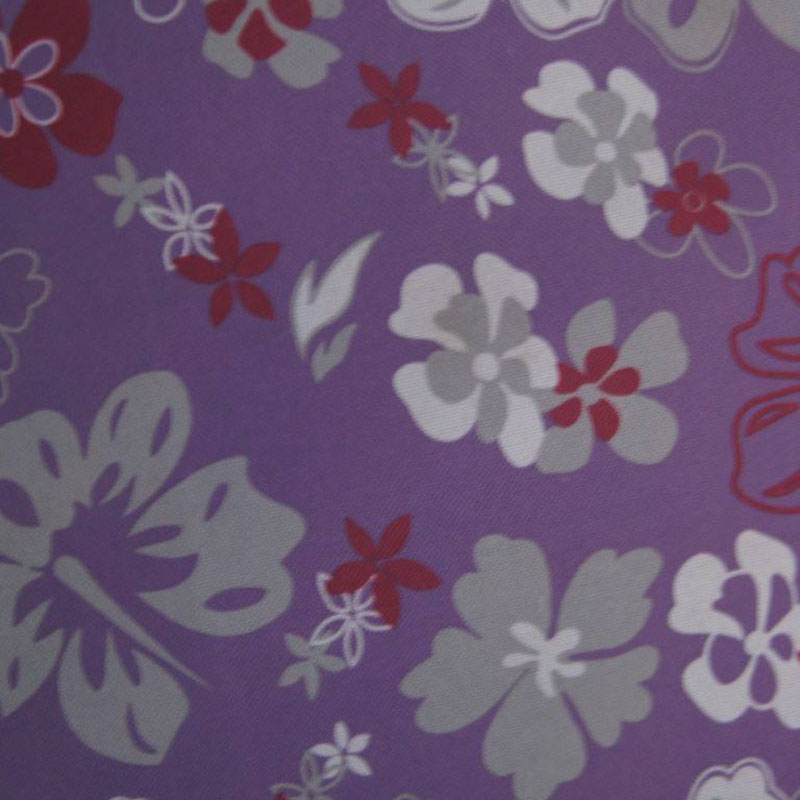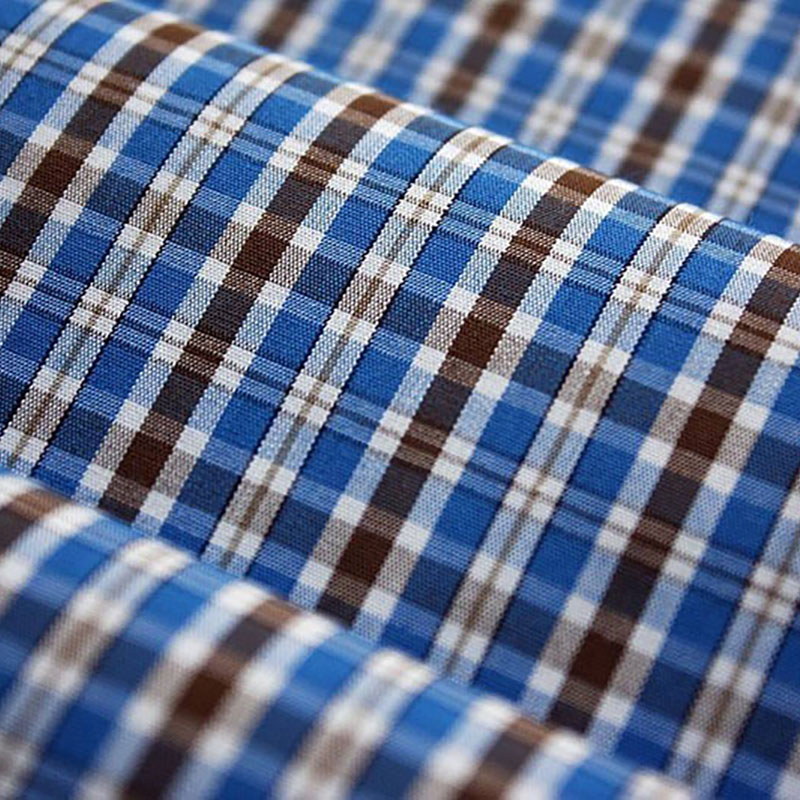Fashion is not just about the appearance of style, but also a continuous evolution process, in which fabrics play a vital role. From ancient natural fibers to modern synthetic materials, the evolution of fabrics not only affects the texture and appearance of clothing, but also drives changes in fashion trends.
In the early days, fabrics were mainly made of natural fibers such as cotton, linen, wool and silk. The production and collection of these fabrics reflected the geographical, economic and cultural context of the time. For example, the opening of the Silk Road allowed high-quality silk to gain great influence between Europe and Asia, opening up an unusual new chapter in fashion.
Entering the 20th century, with the development of technology, the emergence of synthetic fabrics such as polyester and nylon has greatly changed the fashion industry. Not only are they cheap and easy to produce, they also give clothing better functionality. The application of these new materials allows fashion designers to create bolder and more innovative designs.
Different fabrics can create different design effects. For example, flowing silk is often used in evening gowns, while tough denim is more suitable for casual wear. Designers express their creative ideas and influence consumers' purchasing decisions through the choice of materials.

Today, with the increasing awareness of environmental protection, sustainable fabrics have gradually become an emerging trend in the fashion industry. Consumers are paying more and more attention to the source of fabrics and their processing, which has prompted brands to transform to natural and renewable materials, so as to take into account both beauty and environmental protection in design.

The evolution of fabrics is an integral part of fashion history. It not only reflects technological progress, but also reflects people's pursuit of beauty and function. In the future, with the development of material science, we can expect more innovative fabrics and the subsequent trend changes.

